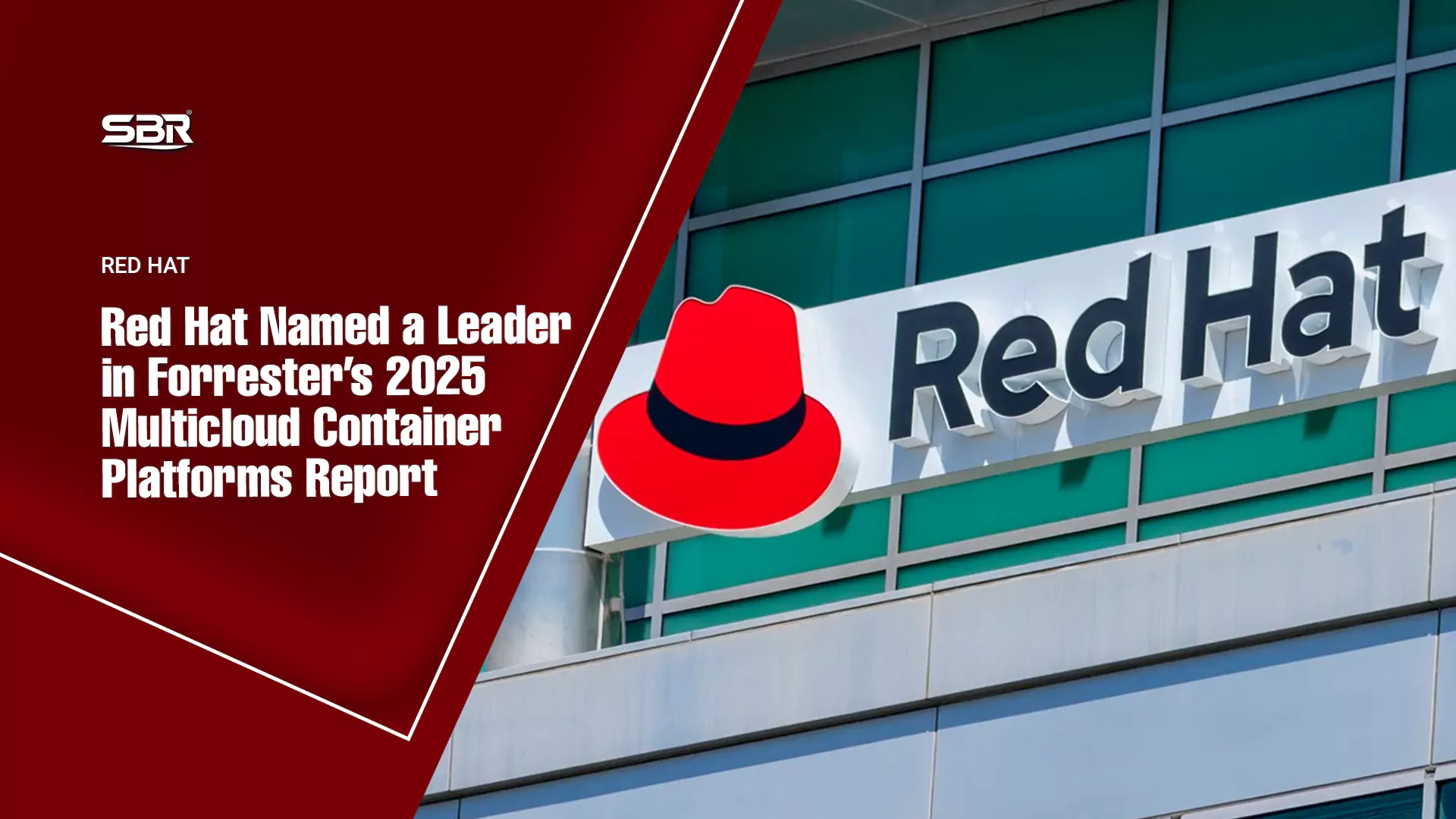We will continue to aim to produce an enterprise-grade, long-term distribution of Linux that is aligned and ABI compatible with RHEL in response to our community's needs, to the extent it is possible to do, such that software that runs on RHEL will run the same on AlmaLinux.
The open source ecosystem was shaken up when Red Hat tightened control over RHEL code, leaving distributions like AlmaLinux scrambling. Rather than fight Red Hat legally, AlmaLinux wisely chose collaboration over confrontation.
By pragmatically working within the new parameters, AlmaLinux aims to maintain application compatibility with RHEL while still charting its own open source path forward.
"We will continue to aim to produce an enterprise-grade, long-term distribution of Linux that is aligned and ABI compatible with RHEL in response to our community's needs, to the extent it is possible to do, such that software that runs on RHEL will run the same on AlmaLinux,” said Benny Vasquez, chairperson of the AlmaLinux OS Foundation.
Leveraging the CentOS Stream codebase demonstrates AlmaLinux’s commitment to open source access and community-driven development. Supplementing this with additional sources like Red Hat Universal Base Images provides a legal means to achieve compatibility. The 99% package overlap with RHEL shows AlmaLinux’s clone efforts remain on target.
One advantage of this approach is that AlmaLinux can release upstream security fixes faster than Red Hat, as they are no longer bound by Red Hat's release schedule. This flexibility allows AlmaLinux to address vulnerabilities promptly and efficiently.
Despite aiming for RHEL compatibility, AlmaLinux also plans to introduce its own features. In addition to supporting Extra Packages for Enterprise Linux (EPEL) software, AlmaLinux has its own software package called Synergy, which includes programs requested by the AlmaLinux community but not available in EPEL or RHEL. If any of these programs are subsequently added to EPEL or RHEL, AlmaLinux removes them from Synergy to avoid duplication.
While the journey has not been without its challenges, with even a 1% code difference requiring significant effort to maintain, AlmaLinux remains committed to its goal of providing an enterprise-grade, long-term Linux distribution that aligns with RHEL. The AlmaLinux team is prepared for any potential changes from Red Hat and is actively working on contingency plans.
As AlmaLinux prepares to release beta versions of AlmaLinux 8, 9, and 9.3, alongside the upcoming RHEL releases, the Linux community eagerly awaits the outcome of AlmaLinux's friendly approach to RHEL cloning.












